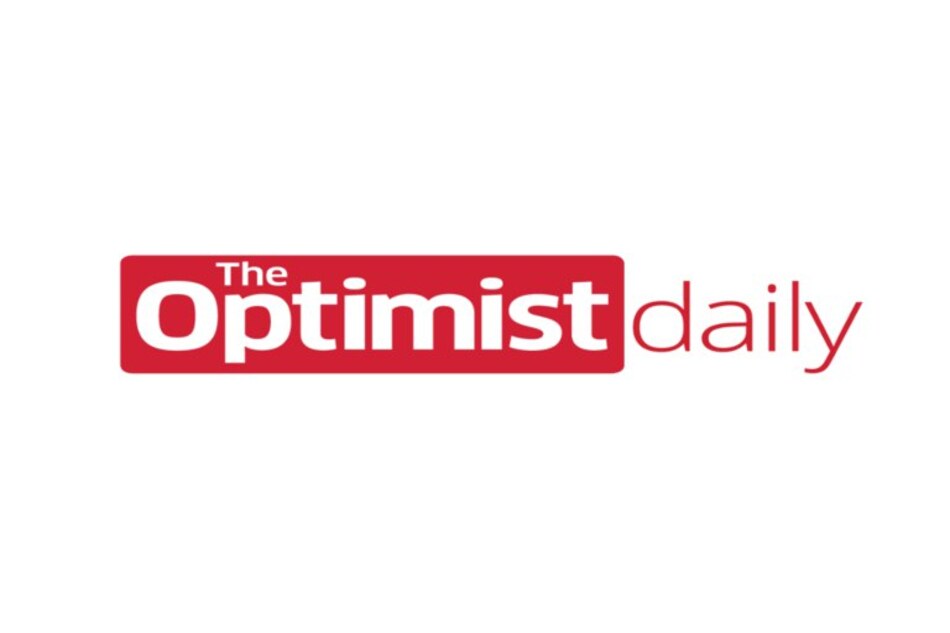We live in a time when concepts are turned on their heads. We’re starting to pull carbon out of the atmosphere, instead of emitting it. We’re adapting our cities to wildlife, instead of trying to kick animals out. And we’re making technology more efficient by making it smaller, instead of the bigger and bolder attitude of the past.
A team of engineers from the Massachusetts Institute of Technology has developed a paper-thin loudspeaker to produce low-energy, high-quality sound.
Turning any surface into a speaker
An MIT engineering team created an ultrathin loudspeaker that weighs about as much as a dime, produces sound with minimal distortion, and uses a fraction of the energy as a normal loudspeaker. The new loudspeaker can also produce high-quality sound on any surface it’s attached to.
Loudspeakers usually use an electrified coil that produces a magnetic field that moves a speaker membrane and the air around it, which makes the sound we hear. The new MIT loudspeaker uses a thin layer of piezoelectric material that moves when electricity is applied over it, moving the air and producing sound. Most loudspeakers as thin would have to stand on their own and couldn’t be attached to other surfaces because they need to move with the sound. This new material actually has tiny domes on the piezoelectric material, only a couple of hairs’ width, that vibrate independently.
“It feels remarkable to take what looks like a slender sheet of paper, attach two clips to it, plug it into the headphone port of your computer, and start hearing sounds emanating from it. It can be used anywhere. One just needs a smidgeon of electrical power to run it,” says Vladimir Bulović, the Fariborz Maseeh Chair in Emerging Technology, leader of the Organic and Nanostructured Electronics Laboratory (ONE Lab), director of MIT.nano, and senior author of the paper.
High-quality speakers anywhere with little power
The new design requires only 100 milliwatts of power per square meter. By comparison, an average home speaker would require a whole watt of power to produce the same sound.
These paper-thin speakers could be put on any surface anywhere, such as the inside of a car, the walls of a home theater, or even clothing. For any systems that usually have space occupied by speakers, this new material could save space and energy just by fixing it to the external surface.
Source Study: MIT News — Researchers develop a paper-thin loudspeaker | MIT News | Massachusetts Institute of Technology











